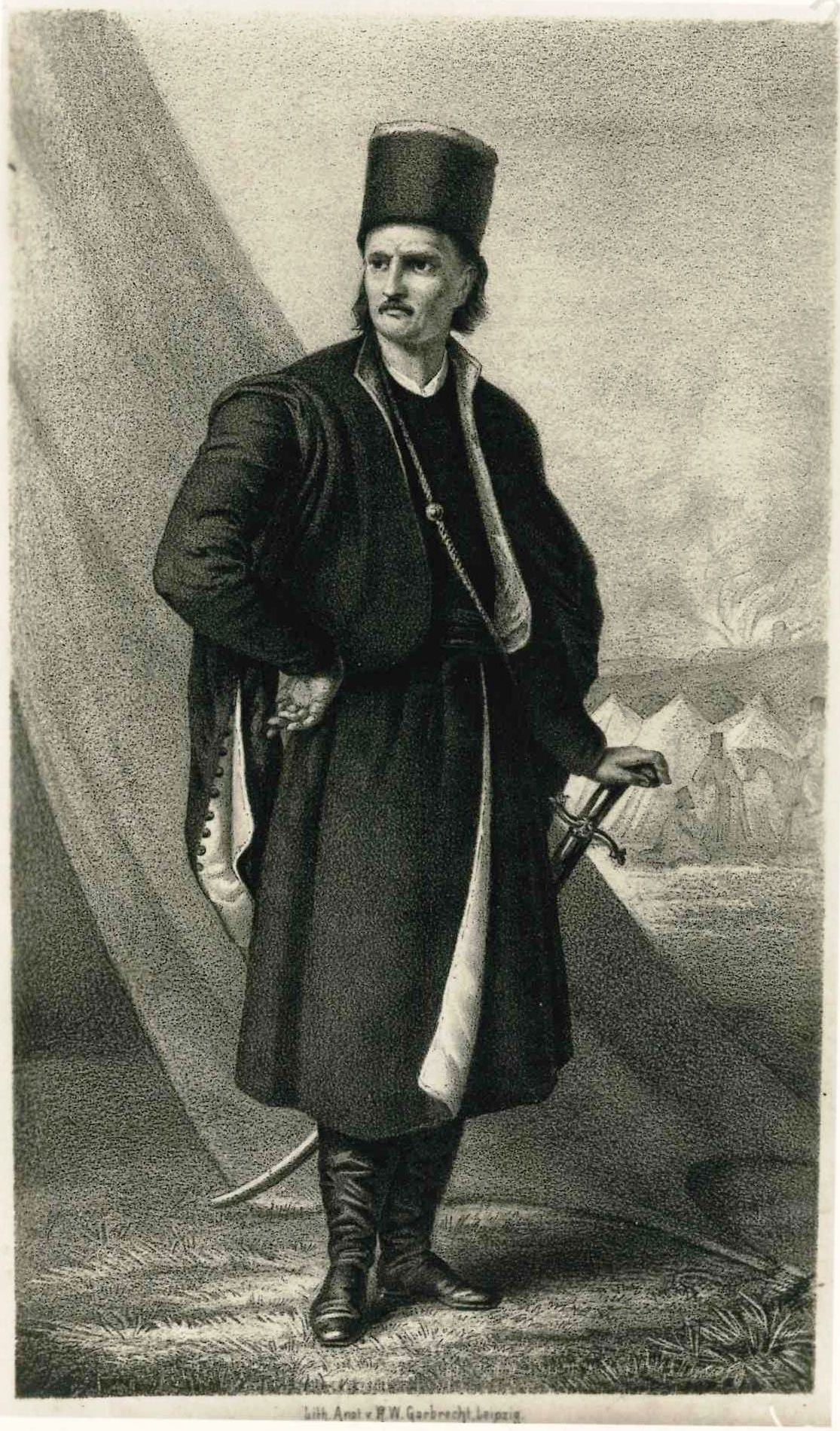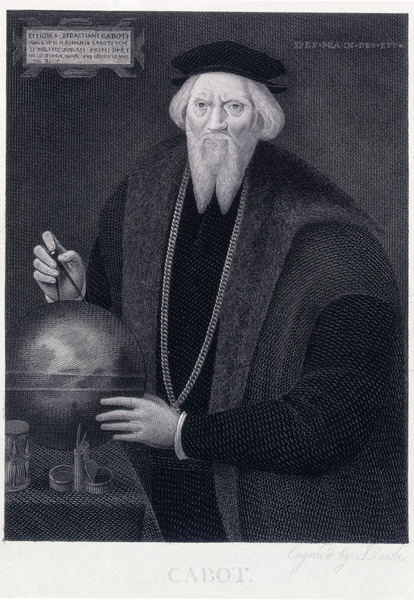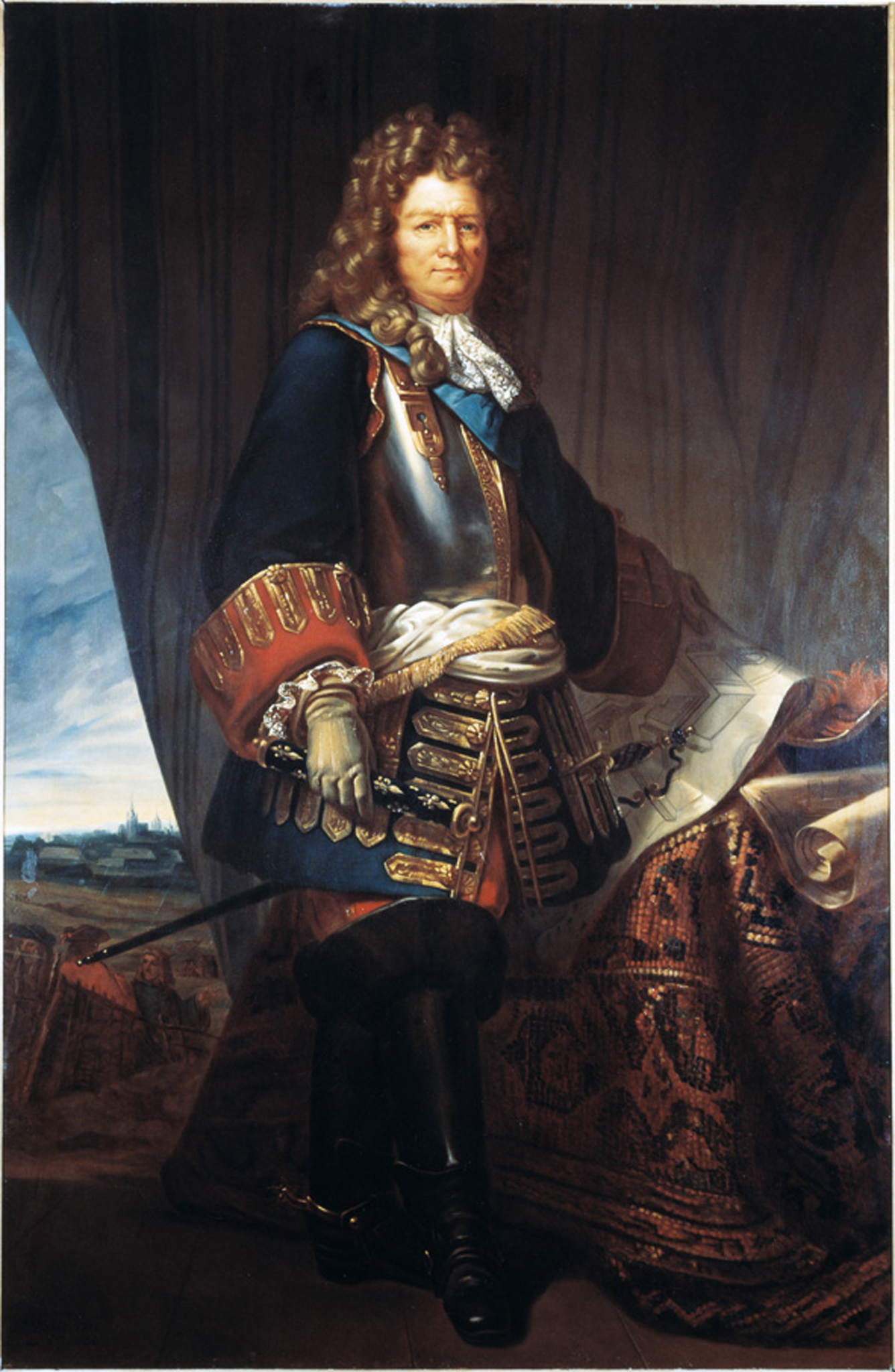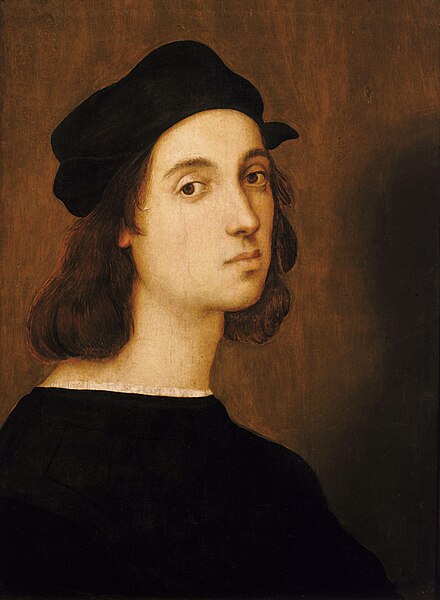
It’s been four months since I last posted, despite my plans to post more often on my secondary blog this year. Since March, my main blogging focus has been on my Dantean posts on my primary blog (which I’ve also been converting into vlogs), so this one fell by the wayside. Let’s get back into the swing of things with a post about my third-fave male name! I had a 2016 post spotlighting my fave forms of Theodore, but haven’t had a full post devoted to every form of the name.
Theodore is an English name which derives from Greek Theodoros (gift of God). The female name Dorothea comes from the same roots, only in reverse. Theodoros was a popular name in Classical Greece, and it remained popular after the advent of Christianity, due to several saints with the name. However, this name wasn’t very popular in the Anglophone world till the 19th century.
Theodore was on the U.S. Top 100 from 1880–1944 and 1950–51. Its lowest rank to date has been #314 in 1999. In 2015, it re-entered the Top 100 at #99 and began rising rapidly. In 2020, it was #23.
The name is also popular in England and Wales (#14), Canada (#15), New Zealand (#15), Québec (#38), Scotland (#50), Northern Ireland (#57), and Ireland (#66). The spelling Theodor is #18 in Norway, #26 in Denmark, #41 in Sweden, and #42 in Austria.

Swiss physician Théodore Tronchin, 1709–1781
Other forms of the name include:
1. Theodor is German, Scandinavian, Romanian, and Czech.
2. Theodoor is Dutch.
3. Teodor is Czech, Bulgarian, Romanian, Polish, Serbian, Scandinavian, Slovenian, Macedonian, Slovak, Catalan, Albanian, and Croatian. The alternate form Teodòr is Provençal and Languedocian.
4. Todor is Bulgarian, Serbian, and Macedonian. The alternate form Tódor is Hungarian.
5. Tudor is Romanian.
6. Théodore is French.
7. Teodoro is Italian, Spanish, and Portuguese.
8. Tedore is Georgian.
9. Teodors is Latvian.
10. Toros is Armenian.

Polish pianist, composer, and teacher Teodor Leszetycki, 1830–1915
11. Tivadar is Hungarian.
12. Thei is Limburgish.
13. Teuvo is Finnish.
14. Tewodros is Amharic.
15. Tédór is Kashubian.
16. Teodoru is Sicilian and Corsican.
17. Tiadoru is Sardinian.
18. Tiudoru is Corsican.
19. Teodoro is Asturian.
20. Tiutôk is Greenlandic.

Filipino businessman and philanthropist Teodoro R. Yangco, 1861–1939
21. Todrus is Yiddish.
22. Téodóir is Irish.
23. Teador is Belarusian.
24. Suoder is Yakut.
25. Fyodor is Russian. This is one of the few names I like where an F appears in place of a TH, probably because it’s the first letter of the name instead of in the middle.
26. Fedir is Ukrainian.
27. Kvedor is Mordvin.
28. Joder is Swiss–German.
29. Fyodar is Belarusian.
30. Khvedar is also Belarusian.

Romanian revolutionary hero Tudor Vladimirescu, ca. 1780–1821
31. Teodoras is Lithuanian.
32. Tevazirus is Turkish.
33. Tewdwr is Welsh.
34. Tewodros is Arabic and Coptic.
35. Tedros is Eritrean and Ethiopian.
36. Tuudor, or Tuudur, is Estonian.

Princess Theodora of Greece and Denmark, 1906–1969
Female forms:
1. Theodora is Greek, German, Dutch, Scandinavian, and English. The alternate forms Théodóra and Theodóra are Icelandic, and Théodora is French.
2. Teodora is Scandinavian, Italian, Spanish, Portuguese, Serbian, Macedonian, Polish, Bulgarian, and Romanian. The alternate form Teodóra is Hungarian.
3. Théodorine is an elaborated, modern French–African form.
4. Fyodora is Russian.
5. Feodora is an alternate Russian form.
6. Fešu is Veps, a Finnic language spoken in Russia.
7. Söduöre is Yakut.
8. Todora is Serbian.
9. Tiadora is Sardinian.


















